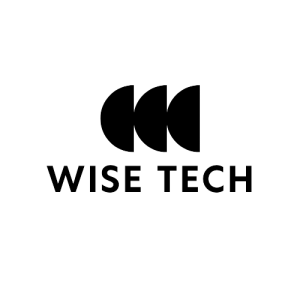The current job market is more competitive than ever, with organizations vying for top talent to drive their success. In such a landscape, having effective recruitment strategies becomes crucial for attracting and retaining skilled professionals. In this blog post, we will explore the insights and strategies that can help you navigate the talent landscape and achieve successful recruitment outcomes for your organization.
Understanding the Talent Landscape
To effectively navigate the talent landscape, it is essential to comprehend the prevailing job market trends and challenges. Skill shortages have become a common concern, especially in specialized roles where demand outweighs supply. Additionally, generational differences impact recruitment, as each generation brings unique expectations and values to the workplace. By understanding these dynamics, organizations can tailor their recruitment approaches accordingly.
Employing Market Research and Data Analysis
Market research and data analysis play a significant role in talent mapping. By identifying target talent pools and key hiring markets, organizations gain a competitive advantage in attracting the right candidates. Leveraging industry insights helps organizations stay informed about emerging trends, salary expectations, and talent availability. This knowledge equips them to make informed decisions and develop effective recruitment strategies.
Crafting an Attractive Employer Brand
A strong employer brand is a powerful tool for attracting top talent. By defining and communicating your organization’s unique value proposition, you can differentiate yourself from competitors. Showcase your company culture and values to create a compelling narrative that resonates with potential candidates. Highlighting career development opportunities demonstrates your commitment to fostering growth and advancement.
Optimizing Online Presence and Employer Branding
In today’s digital age, an optimized online presence is crucial for effective recruitment. Build a user-friendly careers website that showcases your organization’s culture, values, and available opportunities. The application process should be streamlined and easily accessible. Additionally, leverage social media platforms and professional networks to enhance your employer branding efforts. Engage with your target audience, share relevant content, and establish a strong online presence to attract potential candidates.
Effective Sourcing and Candidate Engagement Strategies
To attract the best talent, organizations need to employ diverse sourcing strategies. While traditional job boards and recruitment agencies remain valuable, direct sourcing through employee referrals and networking can yield exceptional results. Actively engaging with potential candidates and building relationships is equally important. Proactive talent pooling and passive candidate engagement help nurture relationships with potential hires, even if immediate opportunities aren’t available.
Streamlining the Selection Process
A structured and efficient selection process is crucial for identifying the right candidates. Clearly define job requirements and selection criteria to streamline the screening process. Utilize technology to automate aspects of screening and assessment, saving time and effort. Incorporate multiple evaluation methods such as behavioral interviews, situational judgment tests, skills assessments, and work samples to gain a comprehensive understanding of candidates’ abilities.
Onboarding and Retention Strategies
Once you’ve recruited top talent, it’s crucial to have a well-designed onboarding program to ensure a smooth transition into the organization. A comprehensive onboarding process includes welcoming new hires, providing necessary resources, and clearly communicating expectations. Offering growth opportunities and continuous learning initiatives demonstrates your commitment to employee development.
To retain your talent, implement effective retention strategies. Regular feedback and performance management processes help employees feel valued and supported. Creating a positive work environment and fostering employee engagement can significantly impact retention rates.
Embracing Diversity and Inclusion in Recruitment
Diversity and inclusion have become imperative for organizational success. A diverse workforce brings a range of perspectives, enhancing innovation and problem-solving capabilities. To promote diversity and inclusion in recruitment, organizations should use diverse job advertisements and inclusive language to attract a wider talent pool. Unbiased selection processes and diverse interview panels help ensure equal opportunities for all candidates.
Takeaway
Navigating the talent landscape requires a comprehensive understanding of the job market, effective recruitment strategies, and a commitment to diversity and inclusion. By employing market research, crafting an attractive employer brand, optimizing online presence, sourcing strategically, streamlining the selection process, implementing effective onboarding and retention strategies, and embracing diversity and inclusion, organizations can attract and retain top talent.
To succeed in the ever-changing talent landscape, organizations must adapt and evolve their recruitment practices continuously. By staying informed, embracing new strategies, and fostering a culture of continuous learning, businesses can position themselves as employers of choice and build high-performing teams that drive their success.













